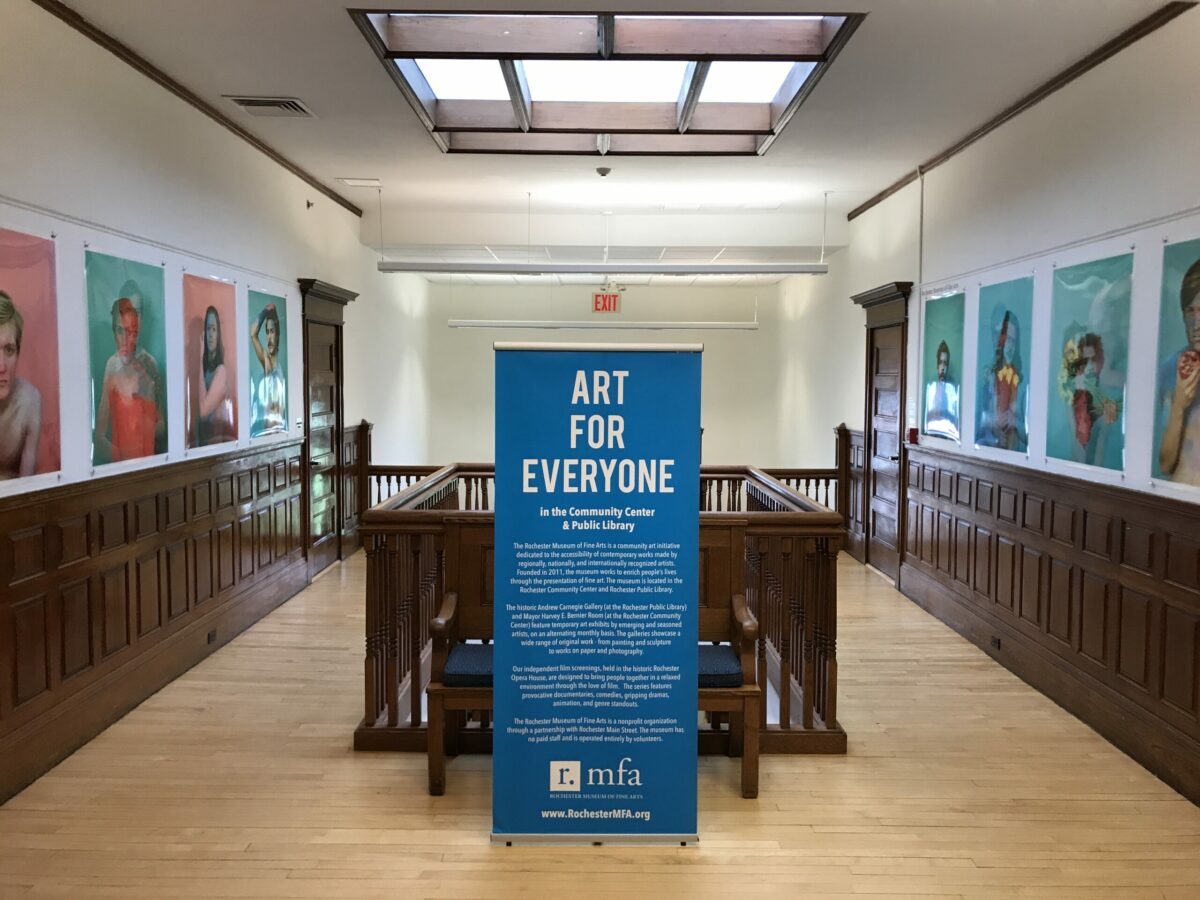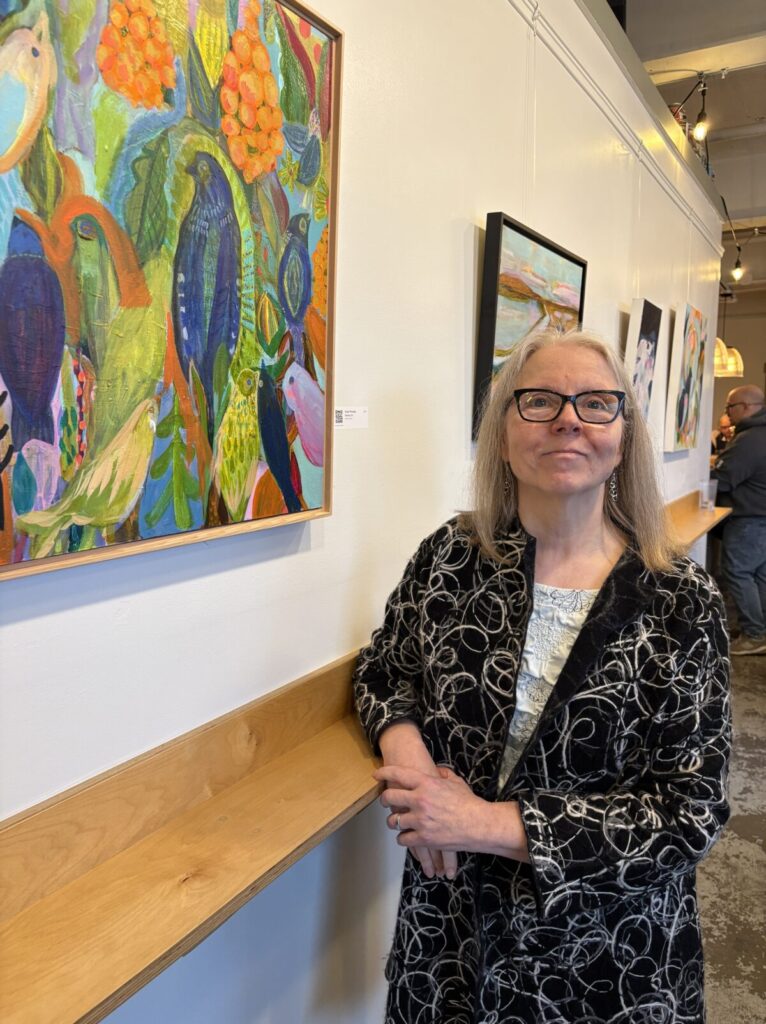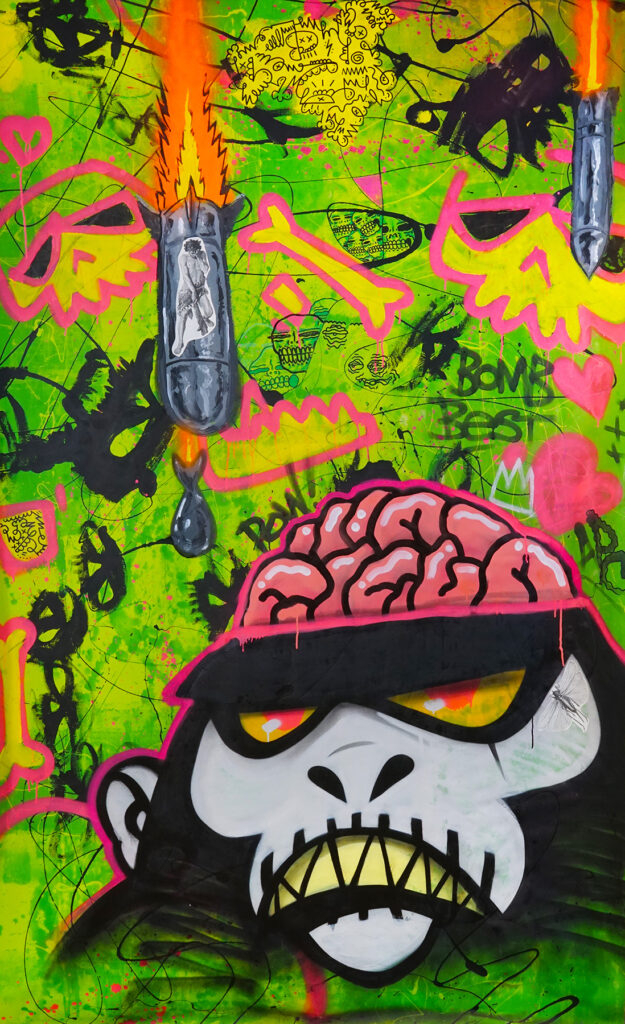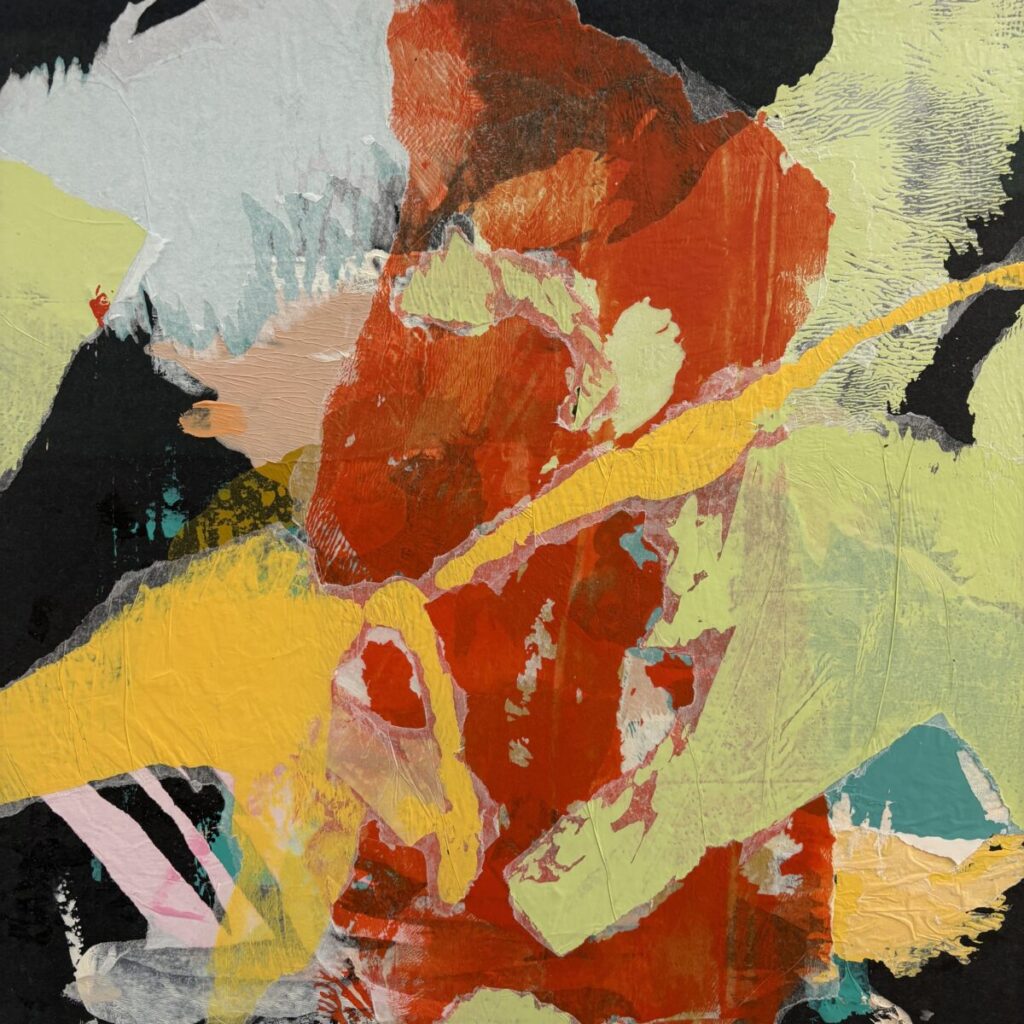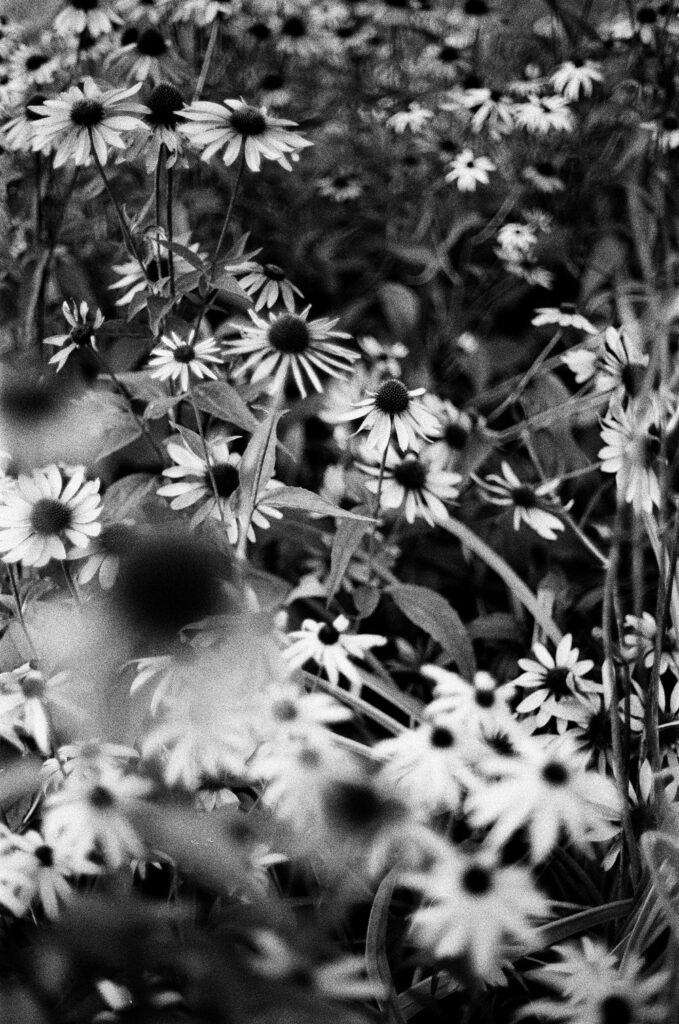Moving away from the traditional brick and mortar museum buildings and into a philosophy that allows an art museum to exist in multiple places has made art more accessible to a larger audience. The Rochester Museum of Fine Arts (RMFA) is a prime example of this new kind of thinking. This community art initiative, located in Rochester, is dedicated to the accessibility of contemporary works made by regionally, nationally, and internationally recognized artists. The museum is located in the Rochester Community Center and Rochester Public Library. The historic Andrew Carnegie Gallery (at the Rochester Public Library) and Mayor Harvey E. Bernier Room (at the Rochester Community Center, Suite 135) feature temporary art exhibits by emerging and seasoned artists, on an alternating monthly basis. The galleries showcase a wide range of original work – from painting and sculpture to works on paper and photography. The museum also curates The Art Gallery at the Rochester Performance & Arts Center (RPAC).
The Rochester Museum of Fine Arts is a nonprofit organization through a partnership with Rochester Main Street. The museum has no paid staff and is operated entirely by volunteers. Artists receive 100% commission of work sold at RMFA exhibits.
Where Did the RMFA Come From?
The Rochester Museum of Fine Arts (RMFA) was founded by Matt Wyatt, Amy Regan, Devin Swett, and Ian Hartsoe in 2011. The goal was to create exhibition opportunities for regional artists while offering a free public art initiative for a city in revitalization. And that is just what they did.
There is so much history the RMFA has made over the last 9 years, it would be impossible to include all in this article. Instead, I encourage you to visit their website and scroll to the bottom of the page for an interactive, and well-designed, timeline of the RMFA’s history!
Why is RMFA’s philosophy important?
I recently spoke with one of the RMFA’s original founders, Matt Wyatt, who still directs the RMFA. We chatted during an interview for a podcast I co-host called Creative Guts (shameless plug), and I found out why he and his co-founders believed in “Art For Everyone” so much that they needed to create a museum that carried that philosophy. Matt stated, “we knew that the city was in revitalization and we just really believed that art could help swing the pendulum a little bit and I think it has. After all these years, I look around and I can see the difference. We have affected the visual landscape of Rochester after trying really hard.”
The visual landscape has indeed changed. Now there is artwork being displayed in the formerly bare windows of vacant buildings, there are murals on the sides of buildings, and sculptures stand along a major gateway to Rochester.
This public art, indoors and out, is seen by hundreds of people each day who are not even seeking out art, it is just along their path in life. That affects people and makes them happier. It can also make them prouder of where they live.
It makes me especially glad to think of all the children and young adults who are being impacted by this art in their neighborhoods. Some do not have the opportunities to be driven an hour to go to an art museum. But through the work of RMFA, that doesn’t matter in Rochester. Young and old can see art on their way to school, work, the park, or library. Perhaps they will be influenced to create art themselves.
An Example of Awesomeness
The RMFA is an example of awesomeness in itself, but I’d like to highlight one project so you can get a taste of what they’re doing. It was very tough to pick just one to feature here, as they have done an enormous amount of exhibits and events. Though as a bookworm, this one tugged at my heartstrings just a bit extra.
If you pass the former Hoffman Furniture building, instead of seeing a sad and crumbling vacant interior, you can witness, for a time, a pop-up art and design installation called Recovering the Classics. This window exhibit highlights some of the greatest works in literary history.
“Recovering the Classics is a crowdsourced collection of original covers for great works in the public domain. Sadly, many of the greatest classics in the public domain are left with poorly designed or auto-generated covers that fail to capture what makes these books exciting and inspiring to us. So the Creative Action Network invited illustrators, typographers, and designers of all stripes to create new covers for 100 of the greatest works in literary history. All designs are available for sale as prints, apparel, and other products to support the artists, and Digital Public Library of America (DPLA),” states the RMFA’s website.
Matt further explains why the windows of empty buildings were selected as a space to show art.. “We want to be a part of the downtown’s revitalization and we were trying to figure out a way to make our mark on that initiative. We specifically targeted boarded up windows. There are so many around town and it gives people a feeling of the past, abandonment, etc. We thought by placing art over the windows then we could help improve that negative perception and enhance the visual landscape. Whenever we set out on a project like that, we hope the result will inspire others to do the same in their own way.”
Copy Us
Sometimes when you have a brilliant idea, it’s natural to want to hold onto it and guard it. I was so happy to hear Matt encourage others to do the same as what the RMFA has done. “We are 100% a community arts initiative, so we’re utilizing public spaces to present fine art and this is a model that I think can be used in any community that is struggling to infuse arts and culture. Come to Rochester and copy us because there is no reason this can’t exist everywhere.”
So share this blog post with others or start something up in your own community. The RMFA has proven this is a viable and exciting way more art can be seen by all, as well as providing more opportunities for artists. In this one case, copying is a good thing.
by Laura Harper Lake
Source: Stay Work Play New Hampshire
September 27, 2019
